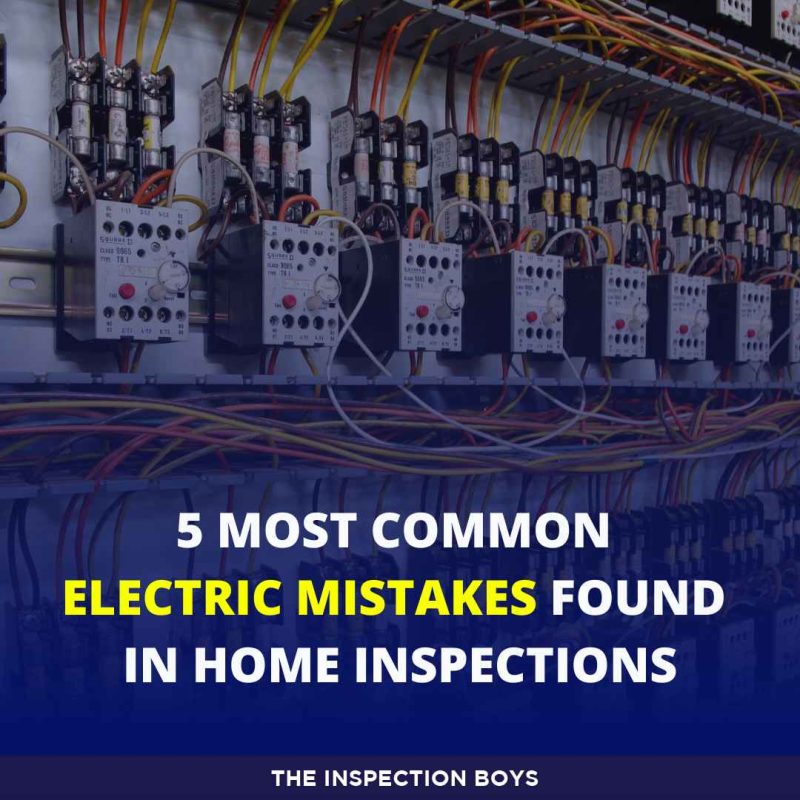Electricity may be one of the most risky components of a home, despite the fact that it is an integral part of contemporary lifestyles. During a home inspection, which is an essential part of the process of purchasing a home, one of the primary areas that inspectors focus a great deal of attention is on the property’s electrical system. In spite of the fact that the vast majority of homeowners believe they have a solid understanding of their electrical systems, there are a number of common mistakes that people make. In this article, we’re going to take a look at the top five electrical mistakes that are found during home inspections.
Overloading Circuits
One of the most typical errors made by homeowners is overloading the electrical circuits in their homes. Overloading a circuit occurs when too many home appliances or other electrical devices are connected to it. This can cause the circuit to trip or even start a fire. It is important for homeowners to be aware of the maximum amount of power that their electrical circuits can safely handle and to refrain from exceeding that amount.
Incorrectly Installed Wiring
Incorrect wiring installation is yet another typical oversight that gets uncovered during the course of home inspections. It is possible to make this mistake by utilizing wires that are either too short or too long, with poor connections, or even with improper grounding. Incorrect wiring can lead to a variety of issues, including fires, electrical shocks, and short circuits, among other potential hazards.
Faulty Outlets and Switches
During home inspections, another common electrical mistake that is discovered is that the switches and outlets are broken. This problem could be caused by anything from outlets that are wobbly or loose to switches that don’t function as they should. Fixing any issues as soon as they are discovered is essential because outlets and switches that aren’t working properly can present a potential health and safety risk.
Lack of GFCI Outlets
GFCI outlets, also known as ground fault circuit interrupters, are an essential component of any home’s safety system. These outlets are designed to trip in the event that there is a problem with the circuit, such as a ground fault or a short circuit. Homeowners are responsible for the installation of GFCI outlets in any and all areas of the home that contain water, including but not limited to bathrooms, kitchens, and outdoor areas.
DIY Electrical Work
Lastly, errors in electrical work done by the homeowner themselves are frequently discovered during home inspections. It’s important to keep in mind that electricity can be extremely dangerous, even though working on electrical systems on your own might seem like a good idea at the time. Wire or other electrical components that have not been installed correctly present the risk of electrical shocks, fires, and other hazards. Homeowners are of the opinion that a qualified electrician should carry out any and all work associated with the electrical system.
Key Takeaway
In conclusion, electricity is an indispensable component of modern life; however, it also carries with it the potential for harm. The most common electrical problems found during home inspections should be familiar to homeowners, who should then take immediate action to resolve any issues that are discovered as soon as possible after discovering them. By ensuring that your home’s electrical system is up to code, you can reduce the likelihood that your family will be put in harm’s way.

